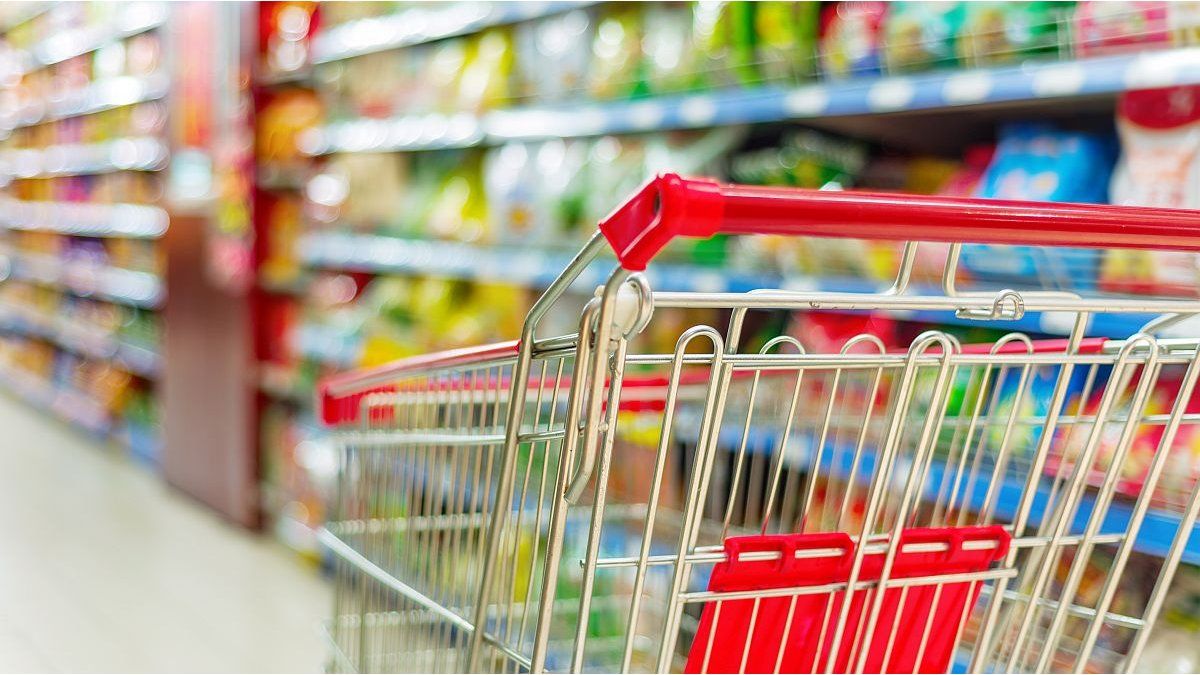According to the survey carried out Ambit on a basket 35 productswhich include fooddrinks and cleaning and personal hygiene itemsthe increases lost intensity as the days went by, after accumulating a jump close to 30% in the last three weeks of December.
This way, In the last week of January this set of products increased only 0.5%, for accumulate an increase of 12.9% so far this month. Although the strongest correction occurred in December, part of this variation can be explained by the drop in consumption.
Specific, In the last week only eight of the 35 articles surveyed rose. And there was a particularity that somehow contained the average increase in the basket: the price of liquid laundry soap fell by 18% in the week. The retraction occurred after having risen 27% in the previous weekThus, in the accumulated value of the month this product registered an increase of “barely” 3%.
In this way, among the products that rose the most in the last week, the following stand out: table bread (19.6%), cream cheese, creamy cheese and butter (15%), grass (12.2%) and rice (10%), which the previous week had already jumped 18 ,2%.
Inflation: which products rose the most in January
Meat Inflation Supermarkets Consumption
Meat remained stable and helped contain January inflation
Mariano Fuchila
When reviewing the evolution of the different foods during January, it is observed that beef did not present variations (at least in the supermarket chain surveyed). The prices of the different cuts remained the same stablein line with a lower variation in the price of the property: in any case, the increases registered in the property market Canuelas during the past week could add pressure in the near future.
It was also registered lack of stock in certain articles: the variety of coffee surveyed was not available in recent weeks, nor was the brand and specific size of the package of diapers.
For its part, after rising sharply in the second week of January, The toothpaste in its brand and size was not found in stock either.: It was, in fact, the product that increased the most throughout the month.
In this scenario, the products that have increased the most so far in January in the supermarket are the following:
- Toothpaste: 82%
- Rice: 63%
- Tomato: 50%
- Apple: 40%
- Cooked ham: 38%
- Detergent: 38%
- Shampoo: 31%
- Milk: 27%
- Beer: 29.5%
- Kitchen rolls: 22.5%
- Toilet paper: 20%
- Table bread: 19.5%
- Cola soda: 15.8%
- Mayonnaise 15%
Consumption put a ceiling on inflation
In the middle of the economic uncertainty and inflationary accelerationmass consumption was sustained during December largely due to the “stocking”. An alternative used by many people to protect themselves, precisely, from possible price jumps.
But the trend changed in the first month of the year. “We see a significant contraction in consumption. It is something that is very worrying, because there is a noticeable drop: we are going to close January with a decline of between 5 and 6% in units sold compared to January of last year. It is really worrying,” he told Ámbito. Victor Palpacellipresident of the Argentine Federation of Supermarkets.
Some private surveys also reported this reality. By case, Osvaldo Del Riodirector of the consulting firm Scentia, said that In the first week of January, the drop in sales in supermarkets was 19% year-on-year.
As noted Damian Di Pace, director of the consulting firm Focus Market, “in the first half of January there was a drop in mass consumption of 18.5% year-on-year.” And going forward, the analyst concluded, the prospects are not encouraging: “In February we will see increases in services, which will further compress the availability of income for the purchase of goods.””.
Inflation: what consultants predict for January
In this stage, Private consulting firms estimate inflation of around 20% for January. This is the case of the projection that he made Eco Go based on their survey of retail prices (19.3%) and the Freedom and Progress Foundation.
“With data up to the third week, January inflation would close at around 20%. This corresponds to a slowdown that became more evident in the third week, when a weekly variation of 1.8% was recorded, the lowest since the second week of November,” he explained. Lautaro MoschetEconomist at the Libertad y Progreso Foundation.
“One of the keys to the recent analysis is that the food and non-alcoholic beverage sector slowed down 4.7 points and closed the third week below 2%. In monthly terms, our price index reached its peak during the first week of January, reaching a variation of 29.6%, which slowed to 27.4% during the second week and stood at 23.2% in the third”, explained the analyst.
For its part, the survey of food prices carried out by LCG closed the fourth week of the month with an increase of 3.5% weekly, accelerating 1.3 pp compared to the previous week. “Average monthly inflation continues to slow and reaches 23%. In the end-to-end measurement, it reaches 14.6% monthly, a lower percentage than previous weeks but which also leaves a high drag for the coming weeks,” the firm detailed.
“The percentage of products with increases decreased 7 pp compared to the previous week, to 30% of the total. Adding this last data, the monthly average reaches 36%, which means that the total basket adjusted every 2.8 weeks,” they concluded.
Source: Ambito




